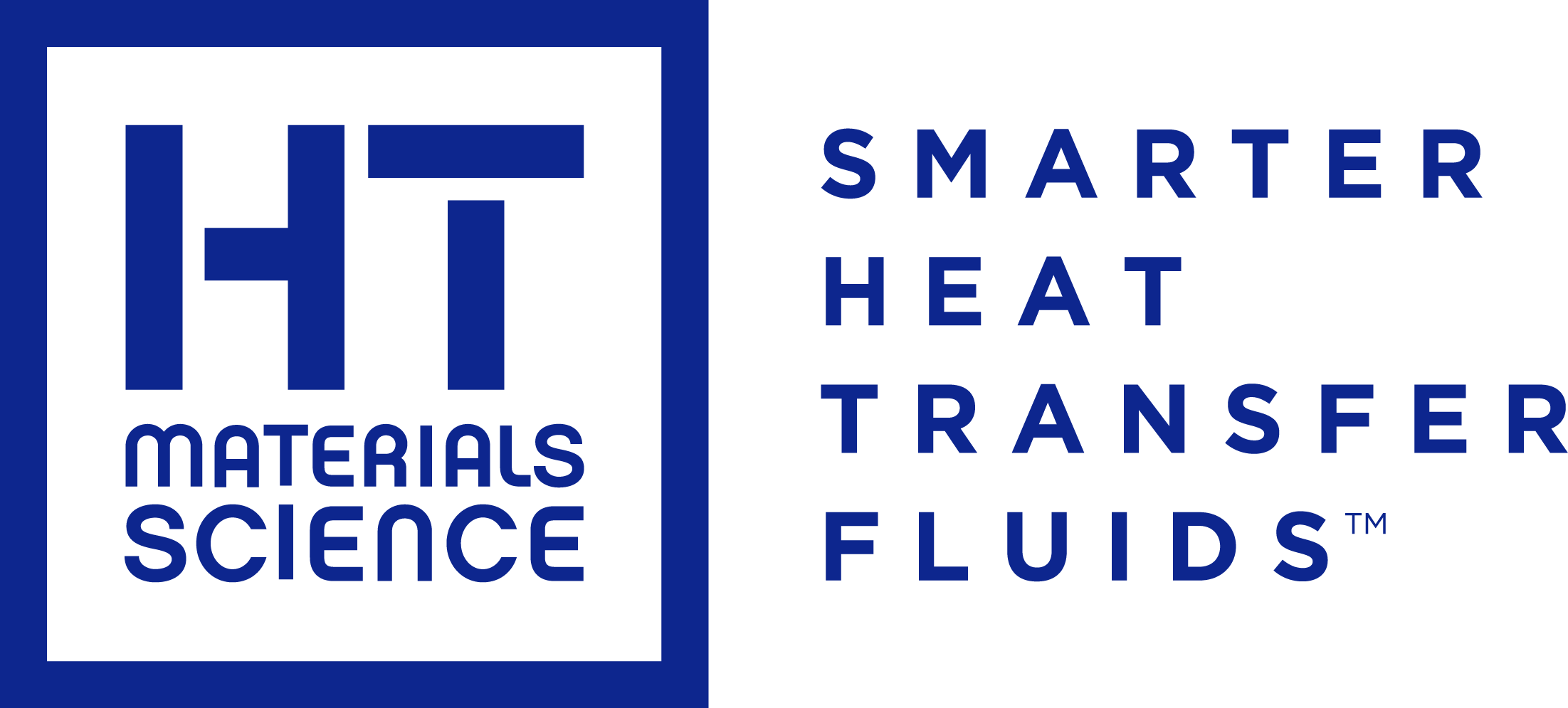What’s New In May – Liquid solution aims to take the heat out of data centres
A supplier of heat transfer liquids for commercial and industrial use has developed an innovative liquid solution that can benefit large-scale data centre cooling.
HT Materials Science (HTMS) says its Maxwell product has been shown in a range of case studies to allow for an expansion of the existing capacity of liquid-based cooling systems by up to 15 percent. This suits the solution to data centre operations looking for additional capacity, says the manufacturer.
In addition, Maxwell has been proven to cut energy demand in chillers, pumps and fan systems, especially for functions where free cooling is not available. “Maxwell has already established a strong track record with cooling systems that are comparable to those that data centres will need to adopt”, the company states.
Maxwell uses aluminium oxide nanoparticles that HTMS claims offers a significant improvement in performance over other heat transfer fluids.
HTMS, which is based in Ireland and has manufacturing capabilities in Italy, is working with companies in European and other markets to use the technology in a variety of commercial and industrial projects. It has already worked with leading HVAC companies such as Daikin, Carrier, York and Trane to test their products.
In the UAE, for example, HTMS partnered with district cooling giant Tabreed to use Maxwell in a plant that serviced a multi-building, 600,000 sq. ft. campus in Khalifa City, Abu Dhabi. Maxwell was used in the system’s dual-centrifugal water-cooled chiller with two compressors with a total cooling capacity of 2,500 tonnes.
HTMS says that the Abu Dhabi project was found to have had a notable impact on the energy efficiency of the cooling system. The company states that this was represented by a 13.6 percent improvement in the coefficient of performance based on more than 2,250 equivalent full load hours used to predict seasonal load from a system.
For more information visit www.htmaterialsscience.com
‑ Reproduced from original source


